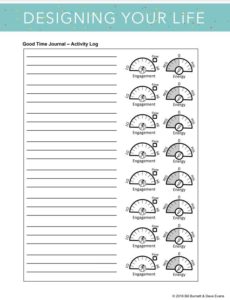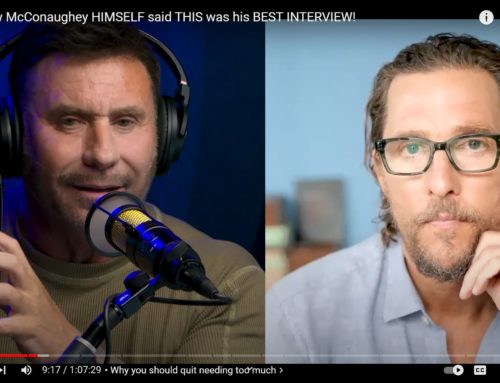Identifying what brings you alive, what energizes you, is one of the most useful tools in your career exploration tool kit.
Doing so helps you recognize what you find motivating–what Dark Horse author Todd Rose calls your “micro-motives”. Each person has their own unique combination of micro-motives and it’s that unique combination and how they interact that offer extremely clues about what roles and careers (or entrepreneurial ventures) would be an excellent expression of that combination.
You can do this retrospectively and prospectively.
First, the retrospective approach…
Reflect back on experiences you’ve had in your career, in volunteer endeavors, and even in college projects where you felt engaged, animated, and “in the zone.”
Jot down what you were doing, the context, and why it was so enlivening. Then, use Richard Bolles’ Seven Stories Skills Grid that’s in his book What Color is Your Parachute.
While the Seven Stories Exercise focuses on identifying transferable skills, you can also use these vignettes to notice common themes about your micro-motives, and about what sorts of work contexts are a great fit for you.
Second, the prospective approach…
 As you go about your day, notice your energy, enthusiasm, and engagement level as you go about doing different tasks and interacting with different people. Bill Burnett and Dave Evans, author of Designing Your Life and the new book Designing Your Work Life recommend using a simple 1 – 10 rating scale to more precisely capture this. They also recommend using two gauges, Engagement and Energy.
As you go about your day, notice your energy, enthusiasm, and engagement level as you go about doing different tasks and interacting with different people. Bill Burnett and Dave Evans, author of Designing Your Life and the new book Designing Your Work Life recommend using a simple 1 – 10 rating scale to more precisely capture this. They also recommend using two gauges, Engagement and Energy.
I suggest to clients to pick the approach that works for them: use the two gauges or keep it simple and just combine the concepts and use one gauge.
Keep track of this in a journal and review after a few weeks to see what themes you notice.
Recently what I started doing with clients who are exploring possible career changes–or for people in their 20s trying to figure out career options–is suggesting that they keep a central list of their micro-motives, skills, and strengths, so they can easily review, reflect, add to them, and examine how they interrelate.
It’s easy to forget your insights if you don’t have them stored in a single place. Also, if you haven’t tried mind-mapping, you might try that out, as a more visually appealing way (if you tend to be visually oriented) to see the interconnectedness of your items.
In the 5 minute video below, I share an example of the process of reflecting on what brings you alive. It’s from a longer conversation I had with Susan Ni Choidrain and Dr. Susanne Evans on our respective journeys to creating a career that works for us, or…to use Julie Reisler’s term, how we discovered our You-est You (which is the name of her wonderful podcast).
The experience I share in the video below reflects some of my micro-motives:
- Creating original material that’s helpful to people.
- Translating research into practical applications that make people’s lives better.
- Synthesizing research and models from various sources into a new model or approach (vs. just using someone else’s model or approach).
- Designing learning experiences that help people grow personally and professionally.
- Getting to do creative work in general.
- Learning.
- Helping to make the workplace more human-friendly.
- Working with relational people vs. “all business” impersonal, transactional types
- Getting to be me vs. having to fit into a very “corporate-y” environment.
For free tools based on Designing Your Life, check out their website.
If you’re ready to get working on this, feel free to reach out.






Leave A Comment